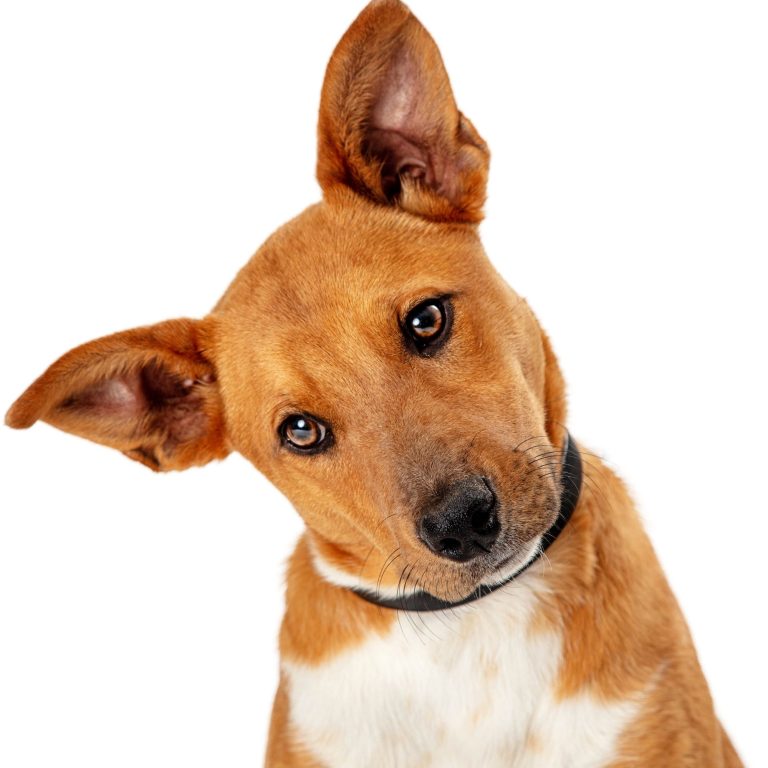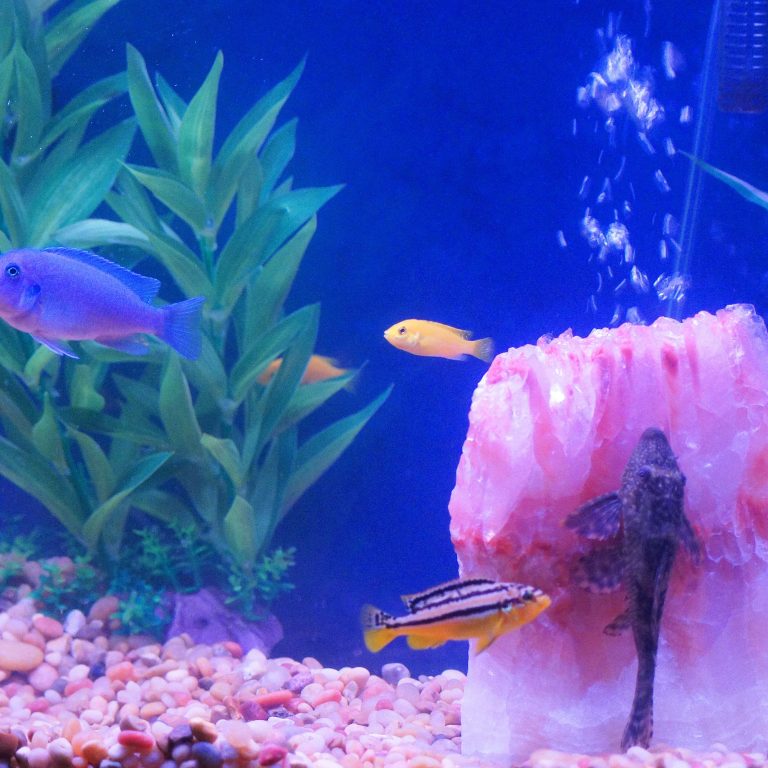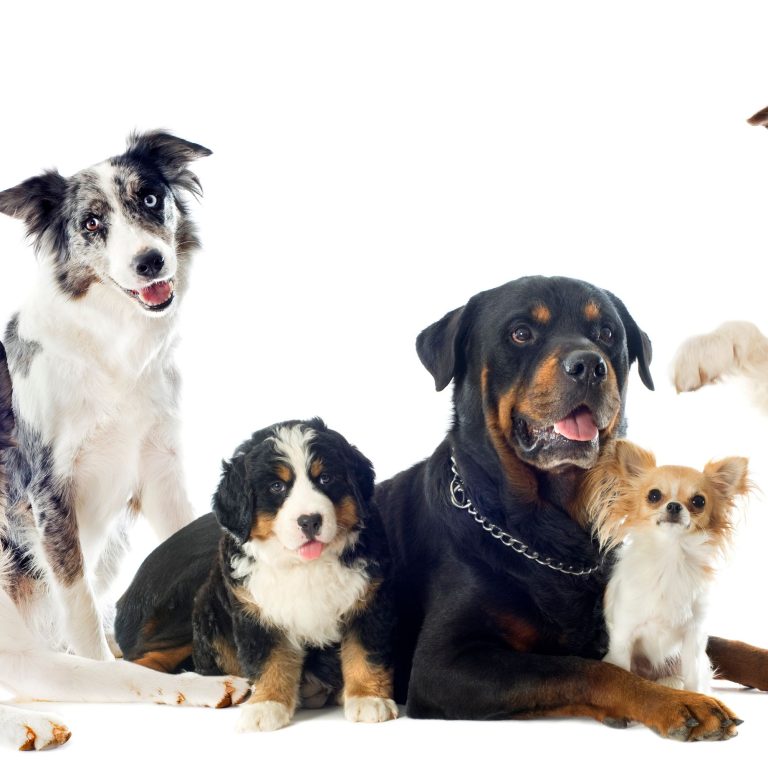Feed Your Feline Friend with Ease: The Ultimate Automatic Cat Feeder Guide
Simplify Feeding Time for Your Feline Friend
Feeding your cat is an essential part of their daily routine, but it can be challenging to maintain a consistent feeding schedule, especially when you have a busy lifestyle. That’s where automatic cat feeders come to the rescue! These innovative devices are designed to make feeding time a breeze by automating the process. Let’s explore the world of automatic cat feeders and discover the benefits they offer.
Introducing Automatic Cat Feeders
Automatic cat feeders are smart devices that take the hassle out of feeding your feline friend. They are designed to dispense food at pre-programmed times, ensuring that your cat receives their meals even when you’re not at home. These feeders can be a lifesaver for busy professionals who want to provide the best care for their pets, even when they’re away.
By using an automatic cat feeder, you no longer have to worry about rushing home to feed your cat or relying on others to do it for you. These feeders provide a convenient solution that allows you to maintain a consistent feeding schedule and portion control for your furry companion.
Benefits of Using an Automatic Cat Feeder
The benefits of using an automatic cat feeder are numerous and can greatly simplify your life as a pet owner. Here are some of the key advantages:
-
Consistent Feeding Schedule: Automatic cat feeders allow you to set up a regular feeding schedule for your cat. This helps to establish a routine and ensures that your cat receives their meals at the same time every day, promoting healthy eating habits.
-
Portion Control: Many automatic cat feeders offer portion control features, allowing you to dispense precise amounts of food for each meal. This is especially beneficial for cats with specific dietary needs or weight management requirements.
-
Convenience: With an automatic cat feeder, you can leave home for extended periods without worrying about your cat’s feeding needs. Whether you’re at work, running errands, or going on vacation, you can have peace of mind knowing that your cat will be fed on time.
-
Reduced Food Waste: Automatic cat feeders dispense food in controlled portions, minimizing the risk of overfeeding and reducing food waste. This ensures that your cat receives the right amount of food without any excess, helping to maintain their overall health and well-being.
-
Customizable Settings: Many automatic cat feeders offer customizable settings, such as adjustable meal sizes and feeding frequencies. This allows you to tailor the feeding schedule to suit your cat’s specific needs and preferences.
By embracing the convenience and functionality of automatic cat feeders, you can simplify feeding time for your feline friend and provide them with the care and nourishment they deserve. To explore other smart feeding solutions for your pets, check out our articles on smart pet feeders and smart dog feeders.
Now that you understand the benefits of using an automatic cat feeder, let’s delve deeper into how these devices work and explore the different types available.
Understanding Automatic Cat Feeders
To provide convenience and peace of mind when it comes to feeding your feline friend, automatic cat feeders are a fantastic solution. These innovative devices take the guesswork out of mealtime and ensure that your furry companion is fed on time, even when you’re not at home. Let’s take a closer look at how automatic cat feeders work and the different types available.
How Automatic Cat Feeders Work
Automatic cat feeders are designed to dispense pre-measured portions of food at scheduled times throughout the day. They typically consist of a hopper or food storage compartment, a dispenser mechanism, and a programmable control panel.
You can set up a feeding schedule using the control panel, specifying the number of meals and the portion sizes for each meal. When it’s time for your cat’s meal, the feeder will automatically dispense the appropriate amount of food into a bowl or tray. Some advanced models even allow you to record a voice message that will play when it’s time for your cat to eat, adding a personal touch to mealtime.
Many automatic cat feeders also offer additional features such as portion control, allowing you to manage your cat’s diet more effectively. This is particularly beneficial for cats with special dietary needs or weight management requirements. With the ability to schedule multiple meals in advance, automatic cat feeders provide a consistent and regulated feeding routine, which can be especially helpful for busy professionals.
Different Types of Automatic Cat Feeders
There are several types of automatic cat feeders available, each with its own unique features and advantages. Here are a few popular options:
| Type | Description |
|---|---|
| Gravity Feeders | These feeders rely on gravity to dispense food. As your cat eats from the bowl, more food automatically fills the bowl from the storage compartment. While simple and easy to use, they do not offer portion control. |
| Programmable Feeders | Programmable feeders allow you to set specific feeding times and portion sizes. They offer more control over your cat’s feeding schedule and can help prevent overeating. |
| Smart Feeders | Smart feeders take automatic feeding to the next level by incorporating smart technology. They can be controlled remotely through a mobile app, allowing you to monitor and adjust feeding schedules from anywhere. Some smart feeders even integrate with pet health monitoring systems, providing you with valuable insights into your cat’s eating habits. |
With the wide range of automatic cat feeders available, you can choose the one that best suits your cat’s needs and your lifestyle. Remember to consider factors such as feeding schedule flexibility, portion control capabilities, and connectivity options when selecting an automatic cat feeder.
Now that you have a better understanding of how automatic cat feeders work and the different types available, you can make an informed decision to simplify feeding time for your beloved feline friend. For more information on smart feeding solutions, check out our article on smart pet feeder.
Features to Consider
When choosing an automatic cat feeder, there are several important features to consider to ensure that it meets the specific needs of you and your feline friend. Here are three key features to keep in mind:
Feeding Schedule and Portion Control
One of the primary benefits of an automatic cat feeder is the ability to set a customized feeding schedule for your furry companion. Look for a feeder that allows you to program multiple meals throughout the day, ensuring that your cat receives their meals at the right times, even when you’re not at home. Some feeders even offer the option to vary the portion sizes for each meal, accommodating different dietary needs or weight management goals.
To determine the appropriate portion size for your cat, consult with your veterinarian. They can provide guidance based on your cat’s age, weight, and activity level. Remember, maintaining a healthy feeding schedule and portion control is essential for your cat’s overall well-being.
Food Storage and Dispensing
Consider the capacity of the food storage within the automatic cat feeder. It should be able to hold an adequate amount of food to last for the desired duration, depending on your cat’s feeding schedule. This is particularly important if you’re frequently away from home or have a busy schedule.
Additionally, pay attention to how the feeder dispenses the food. Some feeders utilize gravity to release the food, while others employ more advanced mechanisms. Depending on your cat’s needs, you may prefer a feeder that dispenses smaller portions at a time to prevent overeating or one that allows you to customize the portion sizes.
To get an idea of the appropriate food portions for your cat, consult the feeding guidelines on the cat food packaging or consult with your veterinarian.
Power Source and Connectivity Options
Consider the power source and connectivity options available with the automatic cat feeder. Most feeders are powered by electricity, but some also offer battery backup options or the ability to run on batteries alone. This can be useful in case of power outages or situations where an electrical outlet is not readily available.
Additionally, some automatic cat feeders offer connectivity features such as Wi-Fi or Bluetooth capabilities. These features allow you to control the feeder remotely using a pet feeding app on your smartphone or other smart devices. With a connected feeder, you can monitor your cat’s feeding habits, adjust the schedule, and even receive notifications about meals. This can provide peace of mind and convenience, especially for busy pet owners.
By considering these features, you can find an automatic cat feeder that suits your lifestyle and meets your cat’s specific feeding needs. Remember to prioritize features like feeding schedule customization, portion control, food storage capacity, and power source options. With the right automatic cat feeder, you can ensure that your feline friend is well-fed, even when you’re not around. Visit our article on smart pet feeder to explore more smart feeding solutions for your pets.
Setting Up and Using an Automatic Cat Feeder
Now that you have chosen an automatic cat feeder to simplify feeding time for your feline friend, it’s time to set it up and start using it. Follow these steps to ensure a smooth experience with your new gadget.
Initial Setup and Programming
-
Read the manual: Familiarize yourself with the user manual provided by the manufacturer. This will guide you through the specific setup and programming instructions for your automatic cat feeder.
-
Choose a suitable location: Find a convenient and accessible location for your cat feeder. Consider placing it in a quiet area away from high foot traffic or loud noises that may startle your cat during mealtimes.
-
Power source: Ensure that your automatic cat feeder is connected to a reliable power source. Some feeders use batteries, while others require a power outlet. Follow the manufacturer’s instructions regarding the power source.
-
Set the feeding schedule: Most automatic cat feeders allow you to program a feeding schedule. Determine the appropriate meal times for your cat and set the feeder accordingly. Refer to the feeder’s manual for instructions on how to set the schedule.
-
Portion control: If your automatic cat feeder offers portion control settings, adjust them based on your cat’s dietary needs. Follow the guidelines provided by your veterinarian or pet nutritionist to determine the appropriate portion size for each meal.
-
Food type and quantity: Fill the feeder with your cat’s preferred type of dry or semi-moist cat food. Ensure that the food is within the recommended expiration date. Refer to the feeder’s manual for information on the maximum food capacity.
-
Test the feeder: Before relying on the automatic cat feeder, test it to ensure that it dispenses the correct amount of food at the programmed times. Monitor the feeding process to confirm that everything is functioning as expected.
Maintenance and Cleaning Tips
-
Regular cleaning: To maintain optimal hygiene, clean the automatic cat feeder regularly. Follow the manufacturer’s instructions for disassembly and cleaning. Use mild, pet-safe cleaning products and ensure that all components are thoroughly dry before reassembling.
-
Food storage: Store your cat’s food in a cool and dry place, away from direct sunlight. Avoid exposing the food to moisture or extreme temperatures, as this could affect its quality and taste.
-
Monitor food levels: Keep an eye on the food levels in the feeder and refill it as needed. Regularly check for any blockages or clogs that may affect the proper dispensing of food.
-
Check batteries: If your automatic cat feeder is battery-operated, regularly check the battery levels and replace them when necessary. This will ensure uninterrupted operation of the feeder.
-
Observe your cat: Pay attention to how your cat interacts with the automatic feeder. Monitor their eating habits and ensure that they are comfortable and adapting well to the new feeding system.
Remember, automatic cat feeders are designed to simplify feeding time, but they do not replace the need for human interaction and care. Regularly spend quality time with your cat, engage in playtime, and monitor their overall well-being. For other smart feeding solutions and gadgets, check out our articles on smart pet feeder and smart dog feeder.
With the initial setup complete and proper maintenance in place, your automatic cat feeder is ready to make feeding time a breeze for both you and your feline companion. Enjoy the convenience and peace of mind that comes with knowing your cat is well-fed even when you’re not at home.
Addressing Common Concerns
When it comes to using an automatic cat feeder, it’s natural to have some concerns about ensuring the freshness of food, handling special dietary needs, and monitoring and troubleshooting the feeder. Let’s address these concerns to provide you with peace of mind and ensure the best care for your feline friend.
Ensuring Freshness of Food
Freshness is essential to maintain the quality and taste of your cat’s food. Automatic cat feeders are designed to keep the food fresh for longer periods. Many feeders come with features such as portion control and food storage options that help prevent food from being exposed to air, moisture, and pests.
To ensure the freshness of your cat’s food, it’s important to follow a few guidelines:
-
Choose a feeder with airtight food storage: Look for feeders that have air-tight compartments or containers to keep the food fresh and prevent spoilage.
-
Monitor food levels: Regularly check the food levels in the feeder to ensure that there is always an adequate supply. Refill the feeder as needed to avoid your cat eating stale or expired food.
-
Clean the feeder: Clean the feeder regularly to remove any food residue or bacteria buildup that can affect the freshness of the food. Refer to the feeder’s manual for specific cleaning instructions.
By following these guidelines, you can ensure that your cat is always served fresh and delicious meals.
Handling Special Dietary Needs
If your cat has special dietary needs, such as a specific diet or portion control, an automatic cat feeder can still meet those requirements. Many feeders offer customizable portion sizes and programmable feeding schedules to accommodate different dietary needs.
To handle special dietary needs effectively:
-
Consult your veterinarian: If your cat has specific dietary requirements, consult with your veterinarian to determine the appropriate portion sizes and feeding schedule. They can provide guidance on how to set up the automatic feeder accordingly.
-
Choose a feeder with portion control: Look for an automatic cat feeder that allows you to set precise portion sizes, ensuring that your cat receives the right amount of food.
-
Program the feeder accordingly: Set up the feeding schedule and portion sizes according to your veterinarian’s recommendations. This will help maintain your cat’s dietary routine.
Remember, it’s important to monitor your cat’s weight and overall health regularly. If you notice any changes, consult with your veterinarian to make any necessary adjustments to the feeding schedule or portion sizes.
Monitoring and Troubleshooting
While automatic cat feeders are designed to be reliable, it’s essential to monitor their performance and address any issues promptly. Here are a few tips for monitoring and troubleshooting:
-
Regularly check the feeder: Keep an eye on the feeder to ensure that it is dispensing food properly and that there are no blockages or malfunctions.
-
Follow the manufacturer’s instructions: Read and follow the manufacturer’s instructions for setting up and programming the feeder. This will help prevent any user errors that may lead to issues.
-
Contact customer support: If you encounter any problems or have questions about your automatic cat feeder, reach out to the manufacturer’s customer support team for assistance. They can provide troubleshooting guidance or arrange for repairs if necessary.
By staying vigilant and addressing any issues promptly, you can ensure that your automatic cat feeder functions smoothly, providing your feline friend with timely and accurate meals.
With these common concerns addressed, you can now confidently embrace the convenience and benefits of using an automatic cat feeder to simplify feeding time for your beloved feline companion.






